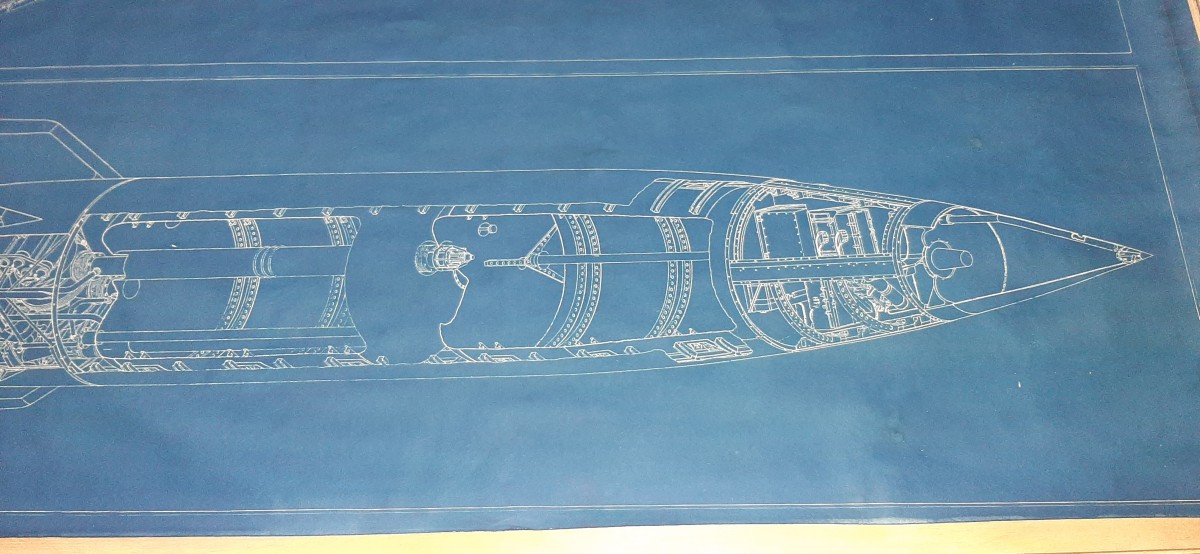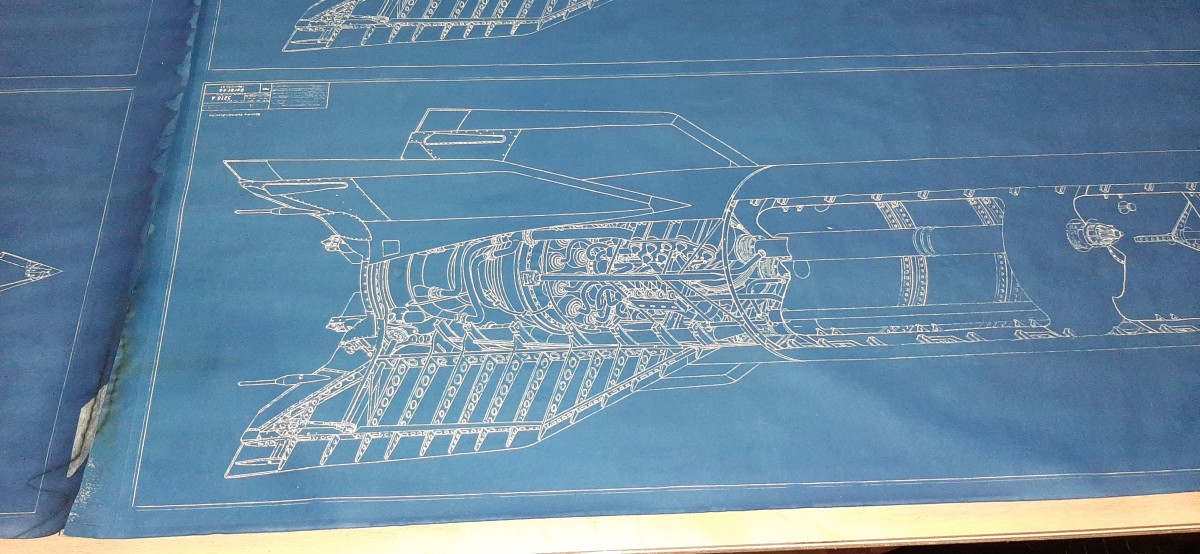The “Enzmann Starship” is named after Robert Enzmann, who “designed” it decades ago. Just exactly *when* has been an issue of some confusion in recent years.
It first came to light in the late 60’s or early 70’s, with claims that he thought it up around 1964 or so. The design is unique: a giant spherical ball of frozen deuterium fuel at the front, followed by a cylindrical ship, ending with a series of Orion-style nuclear pulse engines. It was an *ok* concept for a practical starship, though relatively recent analysis presented in the Journal of the British Interplanetary Society argued that it was not nearly as good as imagined. It became something of a sensation in the 70’s after appearing on the cover of “Analog” in 1973.
Nothing has ever been produced, so far as I’m aware, backing up the concept with any sort of detailed design of analysis until that JBIS paper. No reports, proposals, pages of math, from Enzmann seem to be available… just text descriptions of a few sentences and some art. And that’s fine. But in recent years the claims have become more and more expansive. Enzmann, near the end of his life, claimed that the design for a nuclear-pulse vehicle dated not from the time of the Orion program, but back to the *40’s*.
I spoke to Enzmann on the phone a few times over the years. He was enthusiastic, verbose… and baffling. He made lots and lots of claims about having worked on this or that amazing program, but when asked for verifiable details… it was classified. Those who have picked up his mantle and are trying to carry his torch seem to be following in his footsteps there, continuing his claims without much apparent criticism. I’ve recently engaged their twitter contact to get some sort of verification of his claims… but we have now reached the point where not only am I convinced that no such evidence will be produced, I feel no reason to assume anything remarkable is true at all. Behold:
Claiming that nuclear powered aircraft were actually built in the fifties and then buried in a mountain? Yeah… no. I’m out.
Where the thread started:



